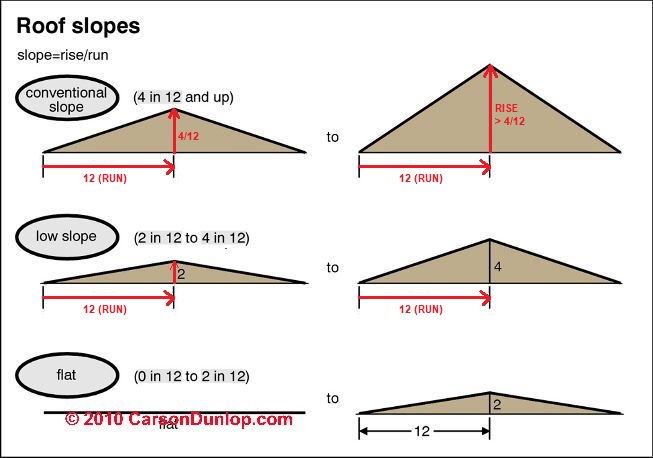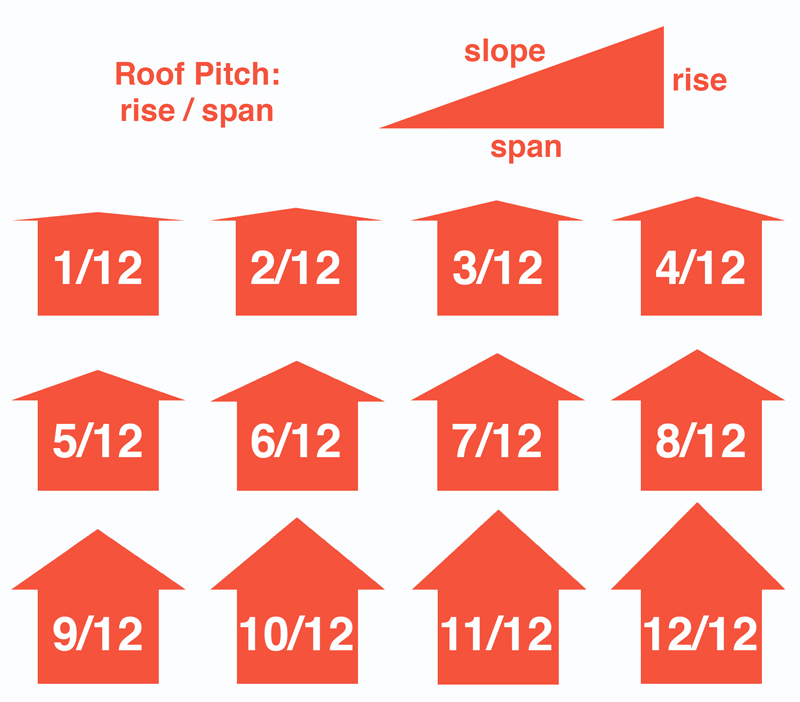Difference in slope between the top and bottom chords is at least 3 12 or the bottom chord pitch is no more than half the top chord pitch.
How much slope for a 18ft flat roof.
If this isn t practical then perform the same measurement on the underside of.
In areas with mild climates patio roofs are generally designed for loads of 30 psf pounds per square foot.
The tables below give maximum spans for rafters and beams.
It takes the manufacturer s recommendations the unique conditions of the roof as well as the skills and the expertise of the installer to arrive at the right slope.
The minimum pitch for a.
These roofs have a pitch less than 4 12.
This measurement is best done on a bare roof because curled up roofing shingles will impair your measurement.
This is the basis for calculating the angle which is approximately a 1 19 degree slope.
Low pitched roofs are generally difficult to maintain and you need special materials to prevent leaks.
In general the minimum slope for a flat roof is 1 0 but as stated earlier this is only possible in theory.
Commercial buildings with a slope like this are considered low slope.
The picture below shows the pitch of a 7 12 roof slope meaning that for 12 of horizontal measurement roof run the vertical measurement roof rise is 7.
According to the international building code the typical built up flat roof that uses tar or asphalt goes by the guideline that for every foot 12 inches of a flat roof a minimum of inch must step up or down.
The minimum pitch for shingles is 1 6 which is equivalent to 4 inches rise to 24 inches run.
This means that for every foot of the roof it must slope downward by at least one quarter inch.
For heavy roofs or in areas with substantial snowfall or winds call your local building department for code requirements.
Determine the minimum slope of the roof based on the roofing material.
The table below shows common roof pitches and the equivalent grade degrees and radians for each.
Normally 1 80 0 72 is the recommended minimum angle for a slope and this is universal across the vast majority of flat roofing systems regardless of the materials that they incorporate.
Most roof s have a pitch in the 4 12 to 9 12 range.
A pitch over 9 12 is considered a steep slope roof between 2 12 and 4 12 is considered a low slope roof and less than 2 12 is considered a flat roof.
Generally such roofs have a pitch ranging from 1 2 12 to 2 12.
As a general rule of thumb commercial buildings have a slope of at least one quarter inch per foot.
In order to achieve this drop a slightly steeper angle of 1 40 1 44 should be the aim when installing a flat roof as this accounts for surface deviations and material deflection among other things.
You can divide roofs into these categories.




























